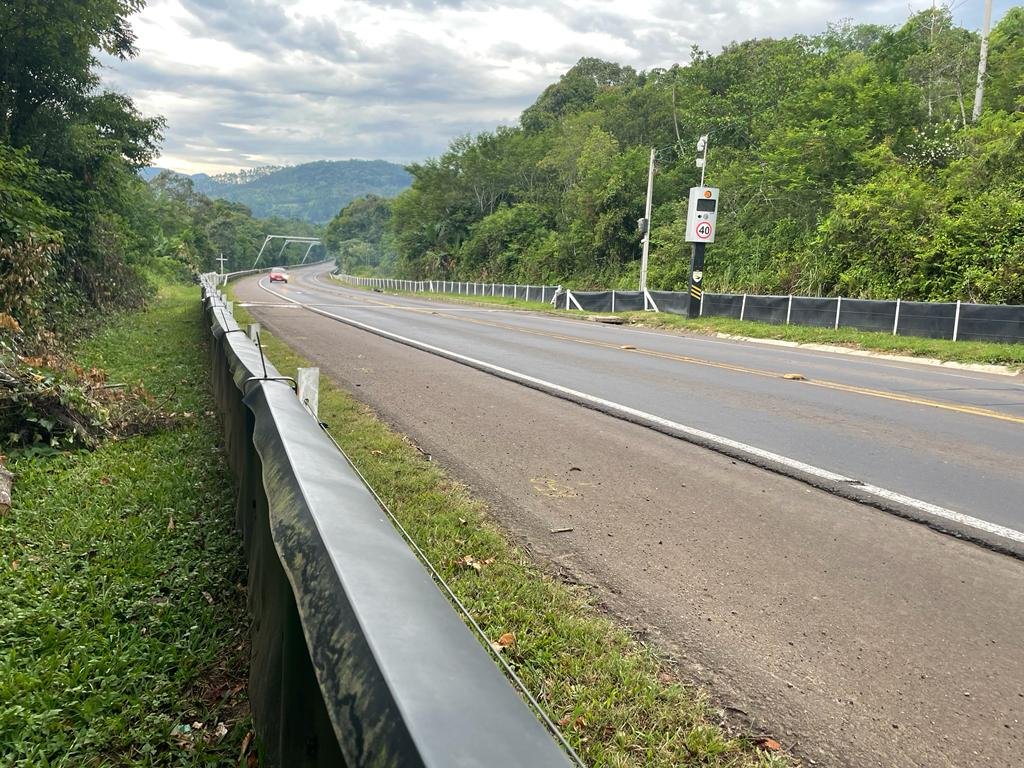
Snakes
Animex wildlife fencing is designed and tested to protect all snake species.
Snake Species
Roads have been described as ecological traps for snakes. Since snakes are ectotherms, they need to obtain heat from their environment, so they are often attracted to the heat-retaining surfaces of highways. This increases the chances of them being killed by passing vehicles. When commuting snakes cross a road, some species become immobile in response to oncoming traffic, further increasing their chances of being hit. Additionally, snakes are potentially at risk of becoming trapped in foundation trenches, pipework, or machinery on poorly fenced construction sites.
Wandering snakes are more susceptible than more sedentary species. Research has shown that gopher snakes, for example, suffer higher rates of road-kill than rattlesnakes. This is particularly true during two periods of the year: in spring or summer – depending on the species – adult males are more prone to wandering as they seek out females to mate with; in fall, juveniles often disperse from their natal site. In spring, snakes are most active during peak vehicle commuting periods, while in summer activity is restricted to the coolest parts of the day (earlier and later), when traffic volumes are less. Poorly fenced construction sites also hold many hazards for wandering snakes, especially since these often provide attractive locations for females to nest.
It is the responsibility of planning engineers to reduce the ecological impact of roads and construction sites and use mitigation measures as tools in ecological conservation. The right kind of exclusion fencing, particularly if installed well and used in conjunction with mitigation features such as eco-passages, can reduce snake road-kill and construction site mortality dramatically. Construction sites are potential death-traps for snakes, and the presence of venomous species is clearly unwelcome where workers are engaged in construction – hence the need for effective exclusion fencing.
Fencing can also be used to aid population assessment before the development of new construction sites.
VIDEO: Salamander passing through culvert after being directed by AMX-SP on The Atlantic Freeway - New Jersey, USA
Top 5 species Animex is commonly used for:
Alameda Whipsnake
Rattle Snake
Eastern Indigo Snake
Pine Snake
San Fransico Garter Snake

Managing wildlife movements across the USA
Special Status Species
Animex wildlife exclusion fencing is suitable for all Special-Status Species.
This list includes all federally-listed Endangered and Threatened species in the United States under the Endangered Species Act as well as state-listed or priority species in those states with their own legislation.
If you would like to know which fencing would me most effective for your target species please speak to one of our experts.
Alameda whipsnake Masticophis lateralis euryxanthus
San Francisco garter snake Thamnophis sirtalis tetrataenia
Narrow-headed gartersnake Thamnophis rufipunctatus
Eastern indigo snake Drymarchon corais couperi
Pine snake Pituophis melanoleucus
Rattlesnake Crotalus sp.
Hognose snake Heterodon sp.
we have 4 products suitble for turtles…
-
Turtles (Small)
Lizards (Small)
Mammals (Small)
Frogs (Small)
Tortoises
Snakes (Small)
Salamanders
Newts
Toads
Guide Price
-
Turtles (Small)
Lizards (Small)
Mammals (Small)
Frogs (Small)
Tortoises
Snakes (Small)
Salamanders
Newts
Toads
Guide Price
-
Turtles (Small)
Lizards (Small)
Mammals (Small)
Frogs (Small)
Tortoises
Snakes (Small)
Salamanders
Newts
Toads
Guide Price
guide prices are based on 1m of fencing instaleld free stadning with …..








